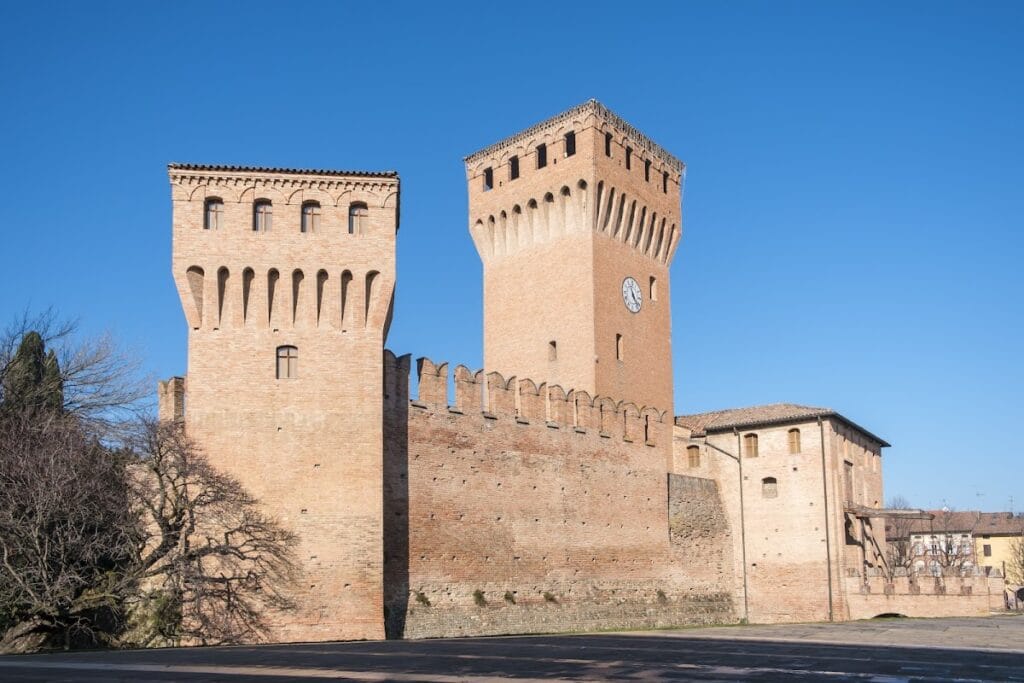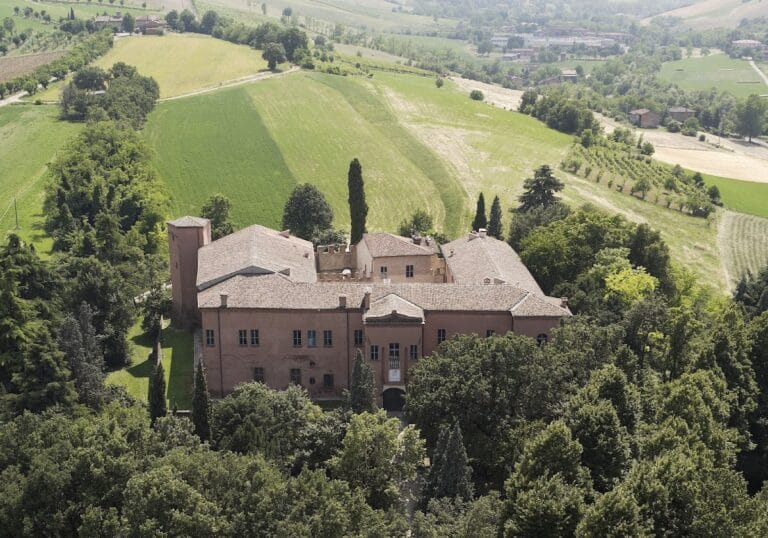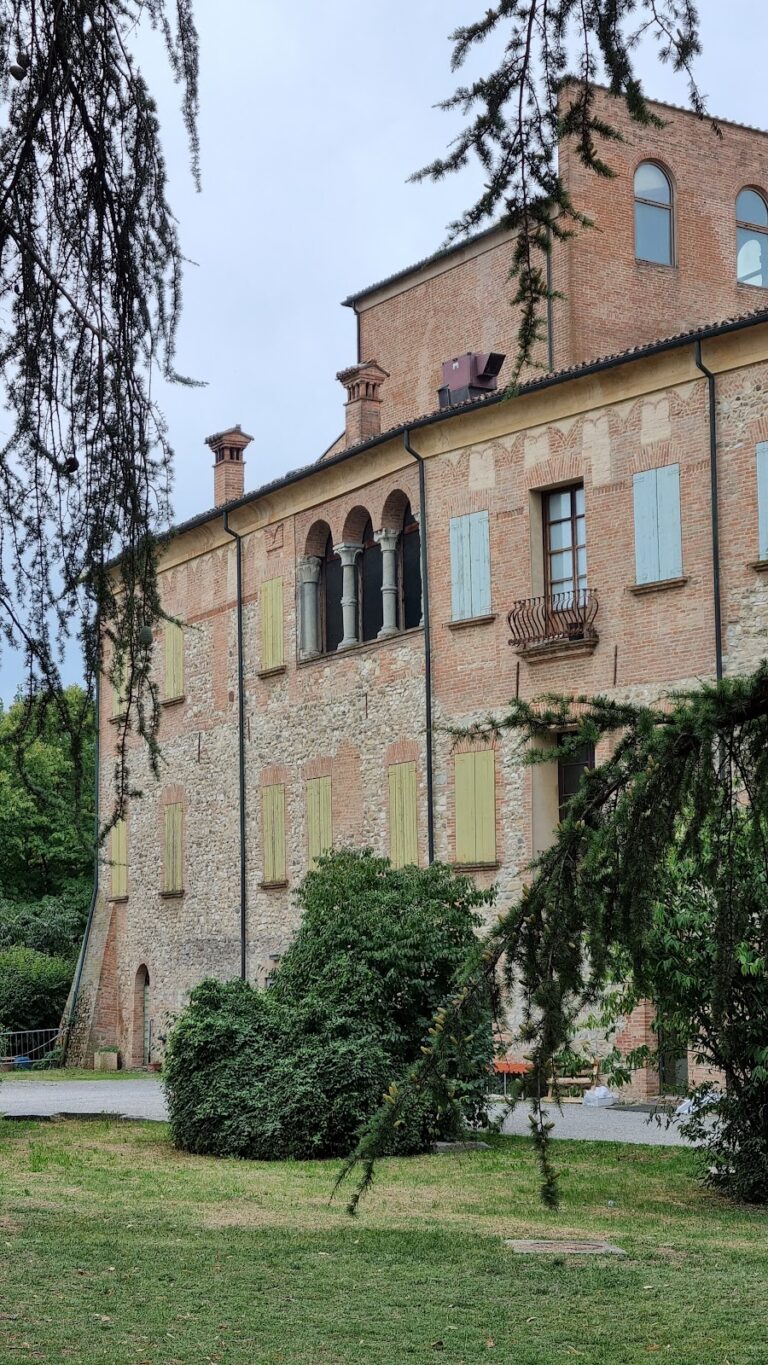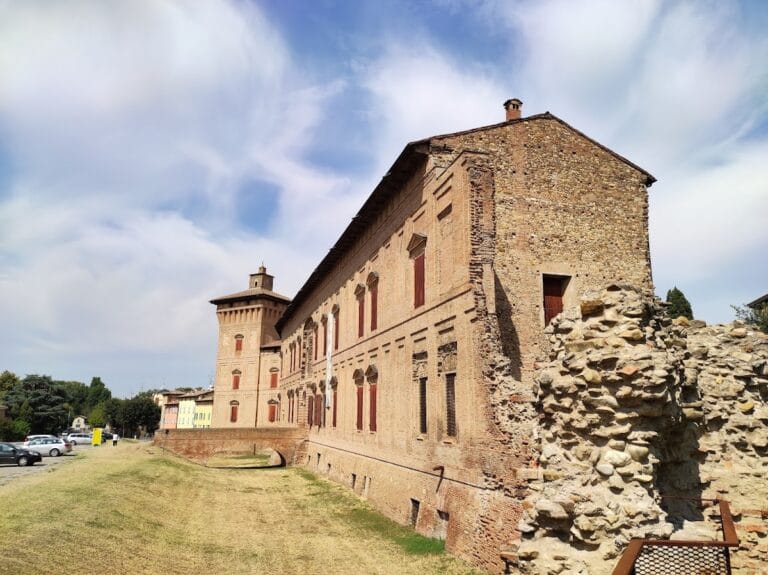Castello di Formigine: A Medieval Fortress and Cultural Site in Italy
Visitor Information
Google Rating: 4.5
Popularity: Medium
Google Maps: View on Google Maps
Official Website: www.visitformigine.it
Country: Italy
Civilization: Medieval European
Remains: Military
History
The Castello di Formigine is a medieval stronghold situated in the town of Formigine, Italy. It originated under the control of the Italian medieval civilization, with foundations traced back to the early Middle Ages.
Archaeological research has established that the core of the castle dates to the 10th century, emerging alongside a rural settlement accompanied by a church dedicated to Saint Bartholomew and an adjoining cemetery. This early community grew steadily, and by the 13th and 14th centuries, it formed a more stable village that clustered close to the fortress. The first documentary reference to the castle appears in 1201, when the nearby city of Modena constructed the fortress to defend its border against the neighboring territory of Reggio Emilia following a military defeat.
Starting from the 14th century, the castle saw important architectural transformations under the stewardship of local noble families, notably the Adelardi lineage and Azzo da Castello. In 1405, the powerful ruler Niccolò III d’Este granted the castle as a feudal holding to Marcus I Pius, who reshaped it extensively. Under his guidance, the castle acquired its present form through the addition of a marquisal palace and a prominently featured clock tower. These expansions coincided with the demolition of the original medieval village, which gave way to enlarged castle grounds and private gardens.
Control of the fortress passed from the Pius family to the House of Este in 1599. Later in 1648, Marquis Mario Calcagnini became the owner, initiating further developments. During the 18th century, sections of the castle were repurposed as prisons. Following Napoleonic confiscations in 1796, the property was largely restored to the Calcagnini family in 1811, though some parts such as the clock tower, Rocchetta (a small fortress), prisons, and an area used for ball games remained under municipal management.
Throughout the 19th and into the 20th centuries, the castle fulfilled various civic roles. It housed municipal offices and served as a summer residence for the Calcagnini family and later the Gentili-Calcagnini family. In April 1945, during World War II, a bomb struck the underground vault of the clock tower, which functioned as an air-raid shelter, causing the deaths of twenty people including members of the owning family. The castle sustained serious damage from the bombing.
After the war, the municipality acquired the castle and undertook restoration efforts. It served as the town hall up to 2002. Between 1998 and 2006, detailed archaeological excavations uncovered layers of the early settlement, remains of the medieval village, and evidence of burial practices, shedding light on the site’s long history. Since 2007, the restored castle has hosted a multimedia archaeological museum and documentation center, becoming a cultural hub for the community.
Remains
The Castello di Formigine today comprises a complex of defensive and residential structures built primarily of masonry and brickwork, reflecting several phases of construction spanning from the 10th century to the early modern period. The site is anchored by the defensive Rocchetta, which integrates the southeast tower, the main keep known as the clock tower, and a guardhouse. These elements, rebuilt between the late 14th and early 15th centuries atop the original fortress foundations from 1201, controlled access through a system of four drawbridges—two designated for pedestrians and two for carts—and featured double ravelins, which are protective, wedge-shaped fortifications designed to impede assault.
Adjacent to the fortifications stands the marquisal palace, erected from the 15th century under the Pius family and expanded through successive renovations into the 18th and 19th centuries. The palace preserves fragments of frescoes from both the 15th century and later periods, alongside sections of original stone and brick walls and the remains of a pantry that connected to the castle kitchens, offering insights into the domestic organization of medieval lords.
Within the castle grounds, archaeological excavations have brought to light remains of the 13th-century defensive wall and the foundations of the ancient Pieve San Bartolomeo, the parish church that once served the early community. Surrounding this church, a medieval cemetery was discovered, containing graves with personal items such as rosaries, bone crosses, rings, and buckles. These findings, combined with DNA analyses, have provided valuable information about the physical characteristics, demographics, and burial customs of the inhabitants during the Middle Ages.
Excavations also revealed parts of the now vanished late medieval village that once clustered near the fortress before being demolished in the 15th century. Archaeologists identified elements of streets, squares, houses, and workshops, along with domestic objects and tools crafted from metal, bone, and glass, illustrating the everyday life and crafts of the period.
Historically, the clock tower served several functions, including housing the keeper responsible for the clock and, in the 18th century, acting as a prison on its ground floor. Its underground vault collapsed during World War II bombing, marking a significant loss. The adjacent guardhouse in the Rocchetta contained the mechanisms that operated the drawbridges and provided vigilant surveillance over the fortress’s approach road.
Today, the marquisal palace has been adapted to accommodate modern functions such as the municipal council chamber, civil wedding rooms, conference spaces, tourist services, and a restaurant. The Rocchetta houses a multimedia archaeological museum showcasing artifacts uncovered on site alongside interactive installations by Studio Azzurro, designed to engage visitors with the castle’s history in a dynamic way. Notably, the castle’s exterior walls serve as a canvas for video mapping art events known as the “Wandering Castle,” projecting images that blend medieval themes with futuristic visions, accompanied by an interior space within the palace to experience these works on a scale model of the fortress.










